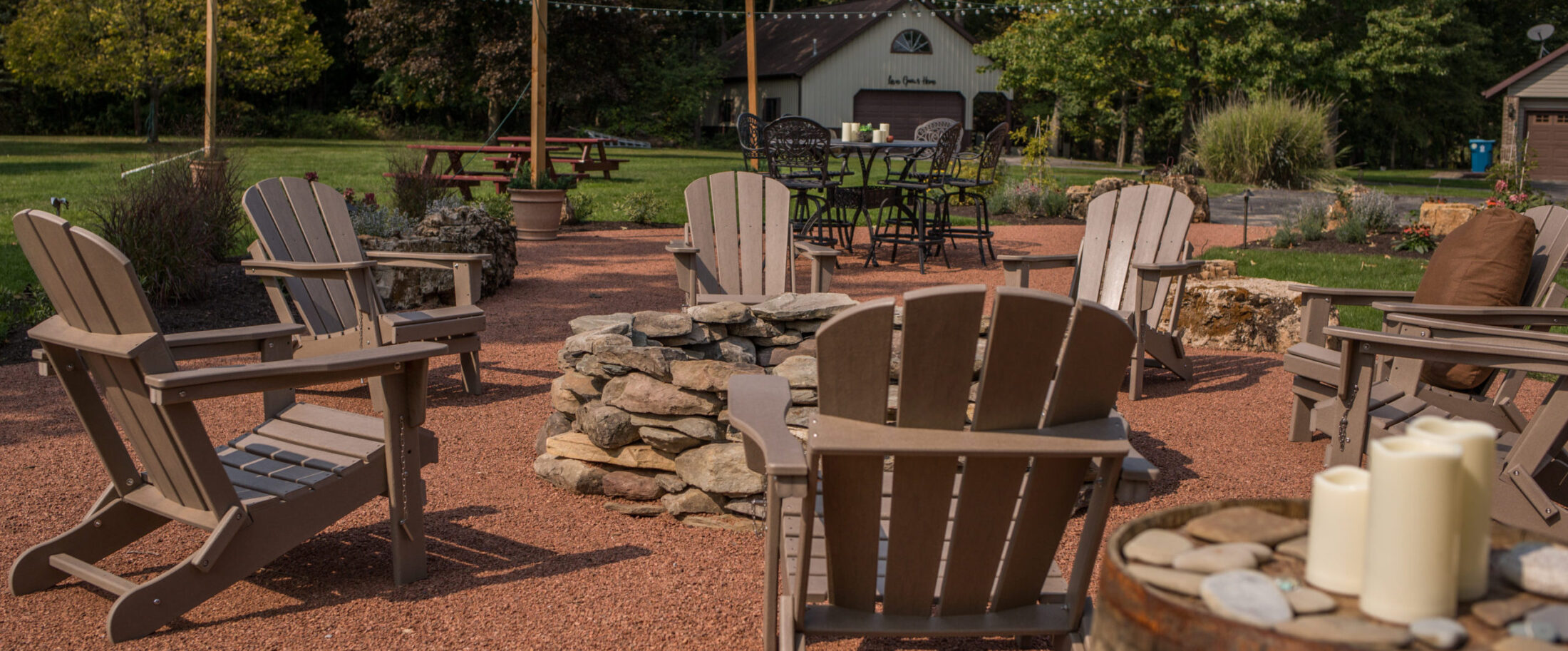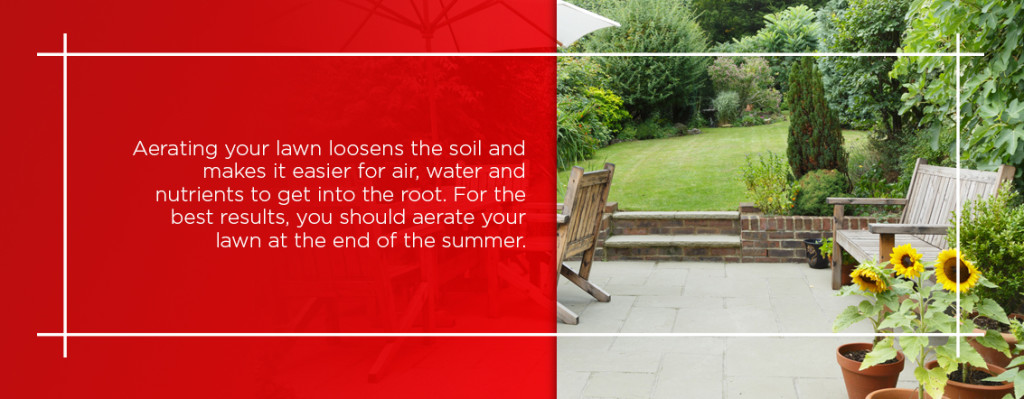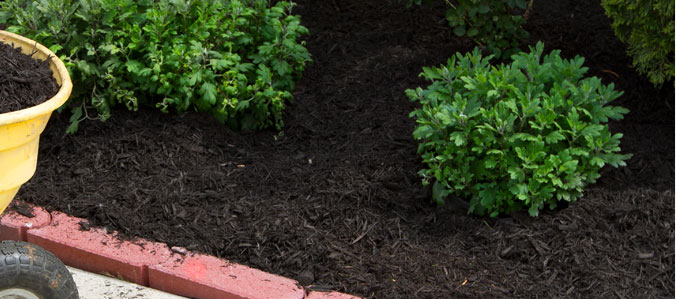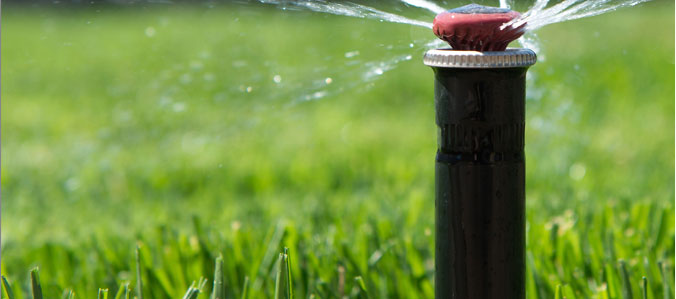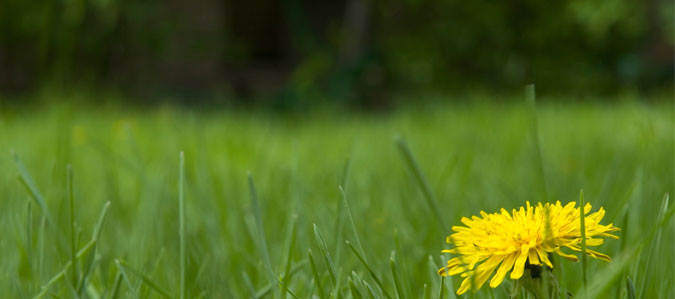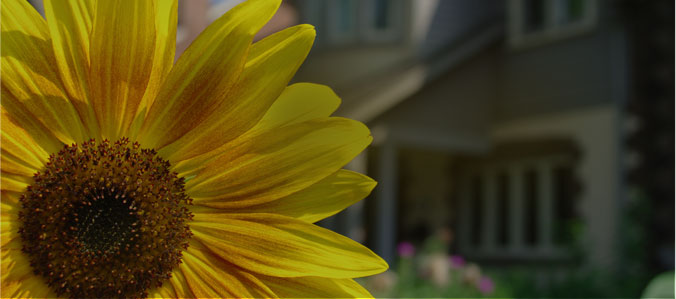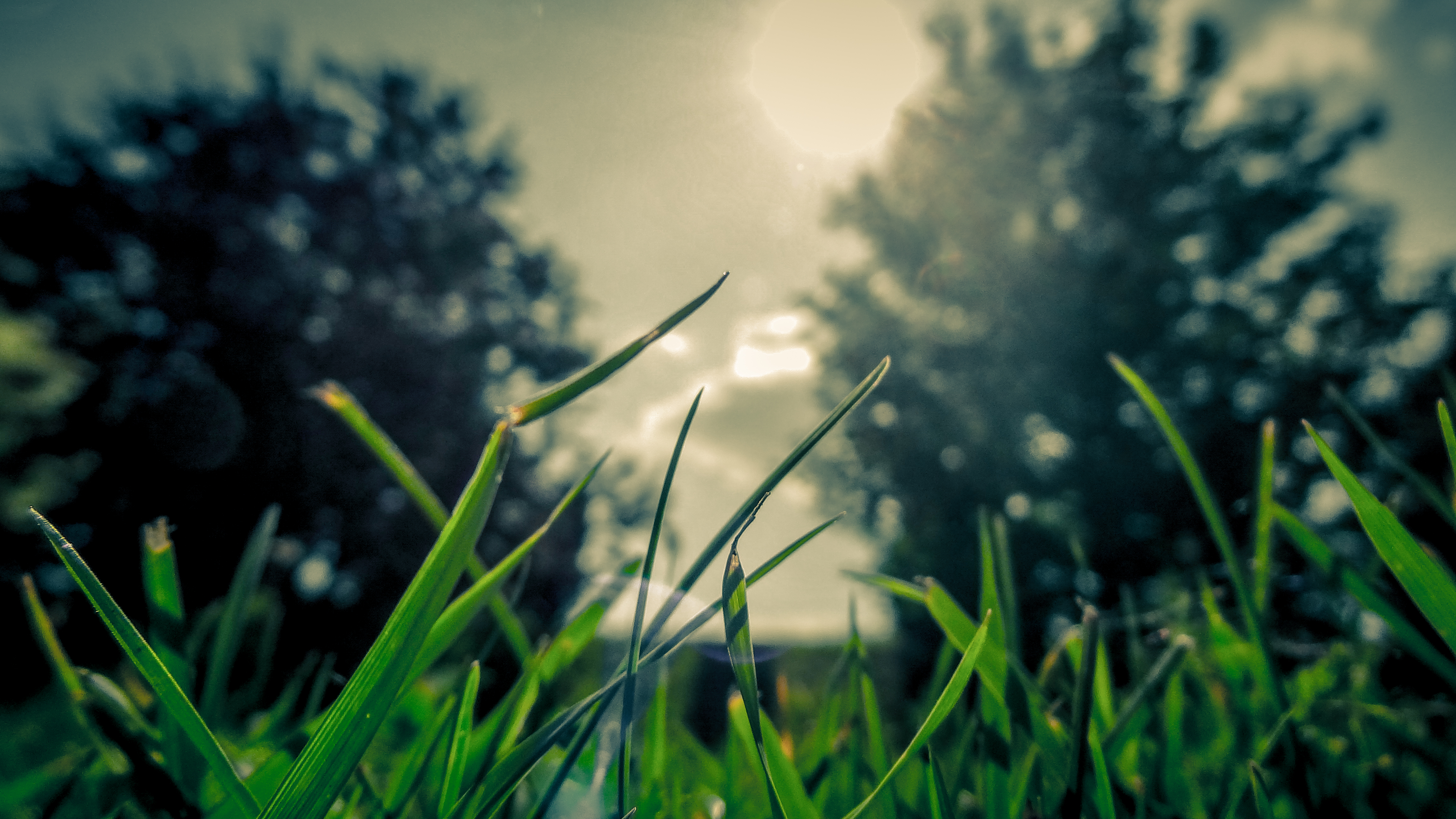Yearly Lawn Maintenance for Indiana

For cool-season grasses in Indiana, you need to maintain your lawn all year long. To prolong the life of your lawn, you’ll need to manage seed growth and implement methods of weed control. Throughout the year, you can maintain your grass with these lawn care tips.
When Should I Fertilize My Lawn in Indiana?
You should fertilize your lawn four times a year. Early spring fertilizer boosts grass strength after the winter. Late spring fertilizer promotes grass growth during its prime season. Apply fertilizer again before it gets too hot in the summer. Fertilization in the fall replaces nutrients from the dry summer.
- Early spring: Apply fertilizer to your grass as early as possible to strengthen its roots. You can also apply pre-emergent to prevent crabgrass in the early spring. This is a key part of spring landscaping.
- Late spring: Wait at least a month after you applied the first fertilization. Between late April and early June, you should also apply a weed control product on your lawn.
- Summer: In the harsh summer heat, fertilization could hurt your lawn. Make sure you only apply fertilizer in the early summer, like the middle of June or the beginning of July.
- Fall: During cool nights or heavy rainfall is the ideal time to fertilize your lawn. Fall fertilization restores the nutrients that the sun dried out during the summer. It can also prepare the grass for the cold winter.
When Should I Plant Grass Seeds in Indiana?
You should plant grass seeds in late summer or early fall, about two months before the frost season. During this time, the soil is still warm from the summer. Warmer soil encourages plant germination and deeper roots. Weeding during the fall also helps grass grow more effectively.
The fall is the best time to plant grass seeds in Indiana because:
- Cool-season grasses are popular in Indiana: If you live in central Indiana, your lawn most likely consists of a cool-season grass. As the name suggests, your lawn performs better in colder climates. The cool air of the fall, mixed with the warm soil from the summer, is ideal for cool-season grass growth.
- Weed growth declines in the fall: Weed roots are the weakest in the fall. You can spray your weeds with herbicide or rip them from the ground during this time. When weeds die, grass seeds don’t have to compete for nutrients.
- The rain from fall keeps the soil moist: Newly-planted seeds need constant soil moisture. The ideal time for young seeds to germinate is during moist seasons. More rainfall keeps the seeds moist, so they can continue to grow.
- The seeds have time to grow before winter: If you plant your seeds early in the fall, they can take root before the snow starts and withstand the harsh winter.
What Is the Best Grass Seed for Indiana?
Cool-season grasses perform the best in Indiana. Most homeowners choose Kentucky Bluegrass for their lawns because of its high quality and recovery rate. You could also use Perennial Ryegrass, tall fescue, fine fescue or a grass combination for your home’s lawn.
- Kentucky Bluegrass: This type of grass fills in damaged parts without needing reseeding. Kentucky Bluegrass performs best in the full sun, but you can mix it with fine fescue in shady areas. It’s also resistant to disease and insects.
- Perennial Ryegrass: You can create a mixture of Perennial Ryegrass with Kentucky Bluegrass. While Kentucky Bluegrass has a good resistance to disease, Perennial Ryegrass has a quicker establishment time. Perennial Ryegrass can also withstand drought.
- Tall fescue: Tall fescue is a low-maintenance type of grass that flourishes in low moisture soil. It also has a high tolerance for insects and diseases.
- Fine fescue: Fine fescue is a fine-leaved turfgrass that does well in shade and low moisture soil. In Indiana, fine fescue is usually mixed with otherfine-leavedcool-season grasses.
When Do I Aerate My Lawn in Indiana?
Aerating your lawn loosens the soil and makes it easier for air, water and nutrients to get into the root. For the best results, you should aerate your lawn at the end of the summer. When you add seed after aeration, you replace grass that died over the summer.
Aeration is a process where you pull a few inches of soil cores from the lawn. This process helps loosen the compact soil and help thatch to decompose. You could use a liquid aeration solution instead of core aeration to prevent damage to soil or irrigation systems.
When Do I Overseed My Lawn in Indiana?
To maintain the appearance of your grass, overseed your lawn in late September or early October. Overseeding will help fill in damaged areas from the summer heat, disease or insects. Overseeding and aerating your lawn at the same time helps with seed-to-soil contact.
When Should I Dethatch My Lawn in Indiana?
You should dethatch your lawn when you aerate it — in the late summer or early fall. Aeration helps thatch to decompose, so dethatch your lawn after aeration. Cool-season grass also grows the most during the fall. You could use a dethatching rake or rent a dethatcher from a local landscaping company.
To dethatch your lawn:
- Mow your lawn.
- Mark any shallow sprinkler head or irrigation lines.
- As you rake the thatch, you will see it separate from the soil.
- If thatching creates bare spots, use a patching product.
- Fertilize your lawn after dethatching to help it recover.
How Do I Care for My Lawn in Indiana During Winter?
Before the harsh winter hits Indiana, prepare your lawn in the fall for the drop in temperature. Here are some tips for how to prepare your lawn for the winter in Indiana:
- Mow gradually: From late summer to early fall, start cutting your grass a little shorter each time. Cutting your grass gradually helps your lawn maintain its nutrients throughout the winter.
- Fertilize abundantly: Late fall to early winter is the ideal time to fertilize your cool-season grasses. Fertilizer helps the grass recover from the harsh summer heat. With fertilizer, the grass will also receive the nutrients it needs to last all winter.
- Clean thoroughly: Clear your lawn of tree branches, toys, leaves and other debris that could hinder grass growth. In the spring, any items on the lawn could leave dead spots.
- Aerate effectively: Instead of making holes in the ground, you can use a liquid solution to aerate your lawn. Liquid aeration doesn’t damage the lawn or irrigation system. Aeration will promote water and nutrient sustenance throughout the winter.
- Keep surroinding areas clear: keep your driveways, sidewalks, and pathways clear, safe, and accessible all winter long by removing snow and ice. With safe surroundings, you can get started on spring maintenance as soon as possible.
- Avoid traffic consistently: Like tree branches and toys, foot traffic could also kill your lawn. Keep off the grass when you walk to your home or park your car.
Schedule Lawn Care With Ricci’s Landscape Management
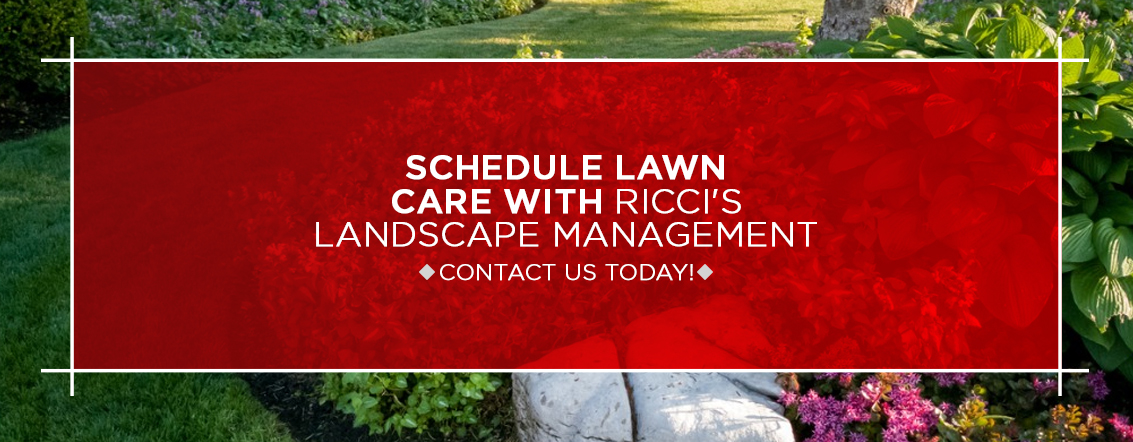
At Ricci’s Landscape Management, we are a full-service, comprehensive lawn care and Indiana landscape company. For affordable Indiana lawn care all year long, check out the residential services we offer. Contact us today for a free quote or call us at 219-996-2682.

